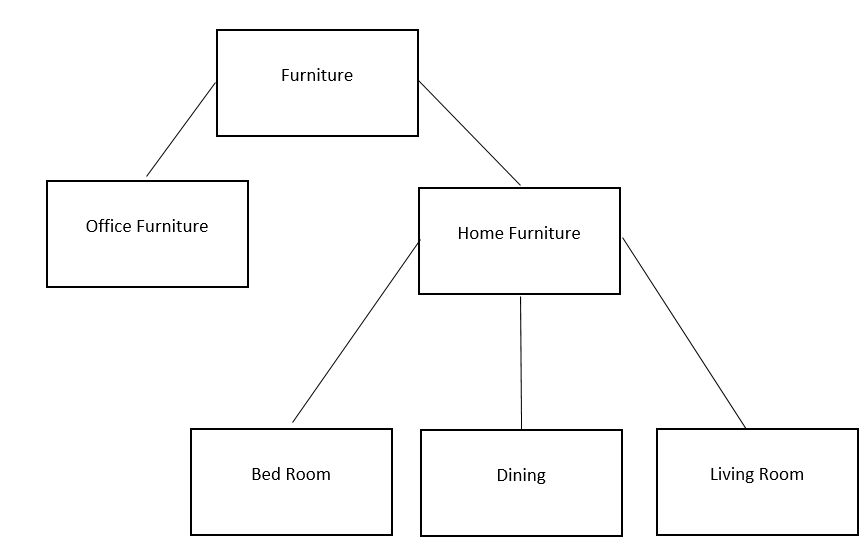 SEO for Your Website
SEO for Your Website
Developing an SEO-friendly website requires a significant amount of thought, planning, and communication due to the many factors that influence how a search engine sees your site and the various ways a website can be put together. Web developers can use hundreds (if not thousands) of tools to build a website.
Making Your Site Accessible to Search Engines
The first step in the SEO design process is to ensure that your site can be found and crawled by search engines.
Content that can be indexed
A substantial portion of your site’s content should be in HTML text form or pulled in by Javascript that executes on the initial page load (i.e., a fully rendered page). For visuals, though the search engines are augmenting their abilities in image and visual processing like Google Lens and search by image, they still rely on the alt attributes and nearby text to help them understand what is in an image.
Link Structures that Can be Crawled
Take the time to build an internal linking structure because search engines use links on web pages to discover other web pages and websites. Many sites also make the mistake of hiding their navigation in ways that limit spider accessibility. Here are some reasons why pages may not be reachable:
- Links in submission required form;
- Links in content no in the initially rendered page;
- Links in PowerPoint and pdf files;
- Links on pages with many hundreds or thousands of links, and
- Links in iframes.
XML Sitemaps
XML sitemaps are a useful, and in many cases essential, tool for your website. In particular, if you have reason to believe that the site is not fully indexed, an XML sitemap can help you increase the number of indexed pages.
Creating an Optimal Information Architecture
A well-designed site architecture can benefit both users and search engines. At the core of website information architecture are two critical principles:
– Making a site easy to use, and
– Crafting a logical, hierarchical structure for content.
– Site Architecture Design principles. Although site architecture accounts for a small part of the algorithms, search engines do make use of relationships between subjects and give value to the content that is organized sensibly. Here’s an example

– Flat site architecture: Minimum clicks to access any page. For nearly every site with less than 10,000 pages, all content should be accessible through a maximum of four clicks from the home page. They are not only easier for the search engines to crawl, but also for the users to reach their destination.

– Avoid excessive pagination or use simple HTML links to connect paginated pages, or create a view-all page and use canonical tags.
Other Varied But Important Factors
In addition to the ones discussed here, there are several other factors that need to be considered including but not limited to:
- Whether to host content on a new domain, when to use subfolders, and when to employ microsites;
- Keyword targeting;
- Content Optimisation;
- Controlling Content with Cookies and Session IDs;
- Landing page optimization (you could use tools like Leadpages);
- Using Redirects, and
- Using a Content Management System.
The above and many more would need a separate discussion to ensure brevity and focus on each topic which I hope to do in the near future.

